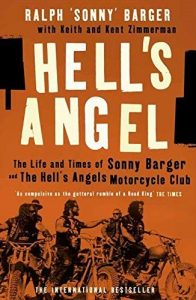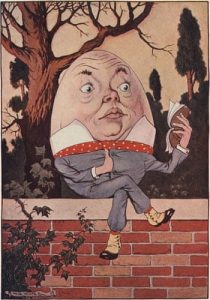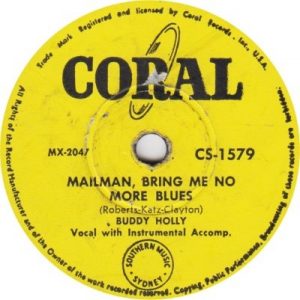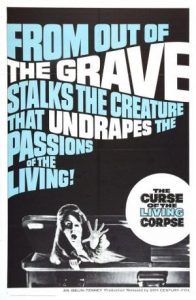By Tony Attwood
So here we go with Shadow Kingdom.
I’d already heard that this was not really a live concert as we had been told, but a set. Some already seem not to like it. I don’t mind, because it is Bob and I am always fascinated with how he chooses to rework his music.
But this time what overwhelms me is his voice – that 18 month rest seems to have done it a lot of good.
Paint my masterpiece
Wow – if I hadn’t been told I would have thought this was cover version from a singer with a better voice than Dylan in his old age. The re-arrangement is superb; Dylan does not normally take this much trouble with re-arrangements – it is not just the speed and the melody but he’s also changed the chord sequence too, at times. And the accompaniment is fully and utterly rehearsed. Only oddity is that some of the solo runs of the lady bass player can’t be heard. That’s odd mixing and I was enjoying what she was doing. I’ve always enjoyed the fact that Bob mostly prefers the double bass to the electric bass.
False endings too. Whatever next?
Most Likely You Go Your Way And I’ll Go Mine
Now Bob doesn’t stand on stage and do movements does he? Well apparently he does. But just listen to the accompaniment on this piece. I have never ever heard Dylan use an accompaniment like this.
Mind you I have also never heard him do “Well the judge” middle eight like that – sudden change of beat and accompaniment and then BOB SINGING UNACCOMPANIED for a couple of bars. Honestly? Yes indeed, and it works.
This is original and inventive and above all 100% entertaining. In fact it is bloody amazing (and you will have gathered by now I am writing this as I hear it, exactly as we do with the Beautiful Obscurity. It is the verdict as I hear, not after I’ve had time to add clever anecdotes and afterthoughts (not that I get any of those anyway).
Queen Jane
Gentle, slow and Bob doing hand gestures. No this isn’t Bob is it? Well, yes it is. He’s turned his whole act upside down and become a night club entertainer with an audience that can’t always be bothered, and well, why not? I must admit that when I got up this morning (in the UK) ready to listen to the recording I thought one or two of our regular contributors might have written in with their commentaries- but maybe they are as stunned as I am.
I am not in any way saying this ain’t good – it is bloomin’ incredible – I mean has he always been able to sing like this but simply not bothered to do it before?
I’ll be your baby tonight
This is where it gets weird. I don’t mean the arrangement or Dylan voice but the filming. I’m a bit lost here – not that I am looking for a direct meaning (I know enough about art and have created enough of my own not to think that way) but something isn’t right for me.
Mind you, nor do I get the music with the sudden slow down. I know I have no right to criticise Bob and his musical arrangements, but this sounds to me like a “hey guys lets suddenly slow down at that point – we haven’t done a sudden pointless slow down yet have we?” and the band says “no Bob, whatever you say Bob, you’re the boss Bob.”
Just Like Tom Thumb’s Blues
And then he redeems himself totally – this is a beautiful arrangement. It works to perfection, by which I mean one could think this was not how it was originally written. Bob sounds as if he utterly believes in this song and this music and this arrangement. It moves gently from verse to verse and the accompaniment sounds as if this is the original.
Even we when Bob changes the melody on “housing project hill” it works sublimely, and he builds up from there – not to frenetic excitement of course (not Bob!) but in a gentle musical form.
So far (and I am still writing this as I hear it for the first time) this is the song that shows the validity of the whole approach; the style, the band, Dylan’s signing…. and yes on the singing front Bob continues to sound like he means it – not like he is trying to do a new arrangement.
Tombstone Blues
So I am enthused and enthused even more by the opening of Tombstone Blues – he’s completely rethought is. No change of lyrics, it is the music that is reworked. And through that first verse we are wondering if he is suddenly going to bounce into the original beat for the second verse.
But no he is taunting us. Hey guys you were expecting a beat in verse two, but no I ain’t giving you that. Oh that is really good.
And we get to the third verse and it becomes clear he’s running the whole song like an accompanied monologue. And what a song to choose – a song with a chorus no less.
Best of all the band are controlled. I’ve played on songs like this, and the temptation of everyone is to have a little bit of moment for each instrument – and then the result is we all start fighting each other (musically, not literally). But none of that for Bob. Everything is as controlled at the end as it was at the start.
And then he really bemuses us with a brief instrumental break, before we are back in with the “roadmaps for the soul” verse. And those words, which we surely all know so well, are now given new strength, new meaning, new life. How can that be after all these years.
I’ll be back anon with more from the show, but my advice, for what it is worth, is that if you ain’t watched it yet, find a very quiet space where you are all alone and give yourself time. This is something very different and needs to be appreciated as a whole. Or at least in a couple of parts.




